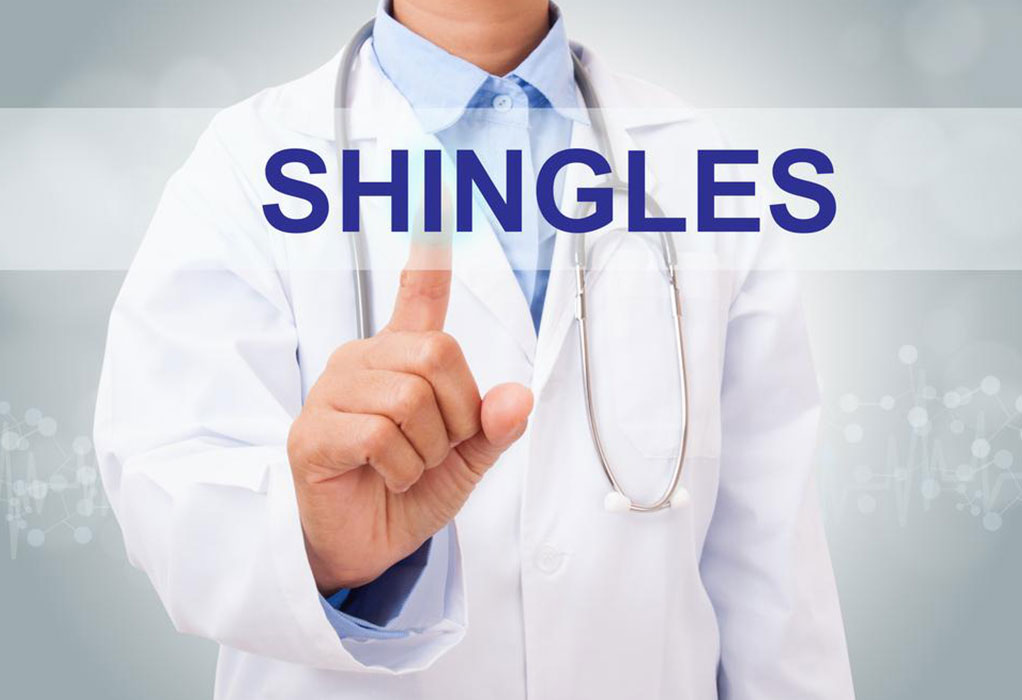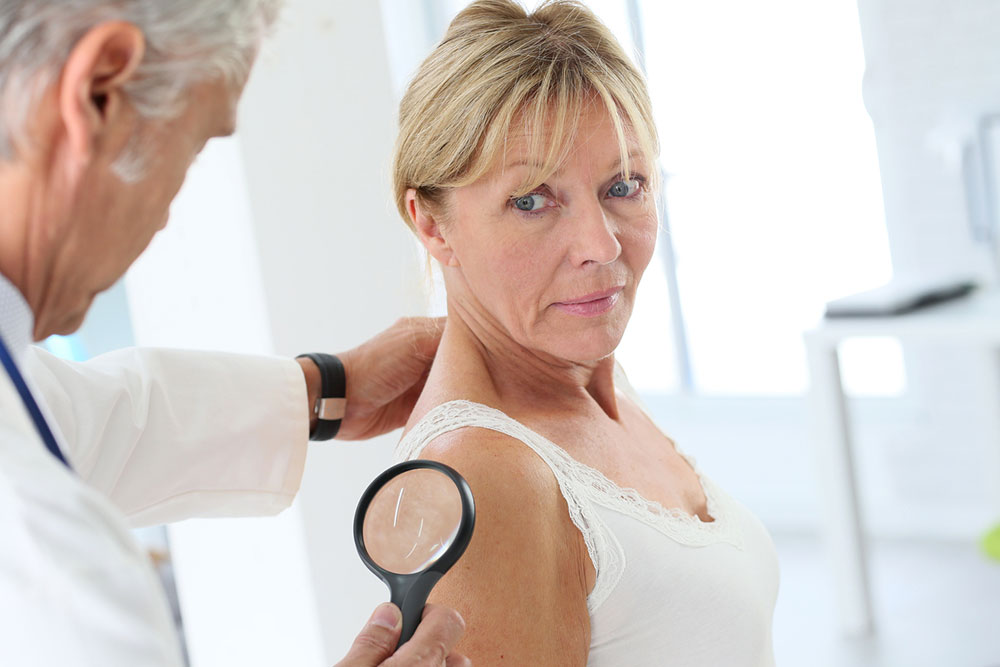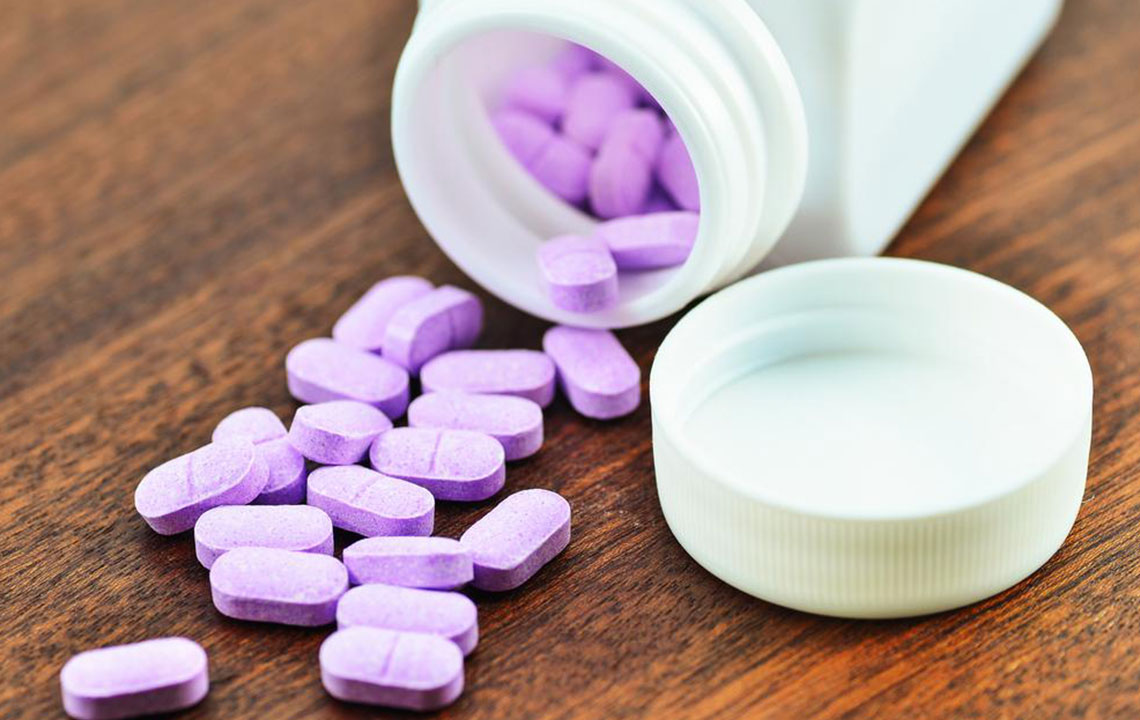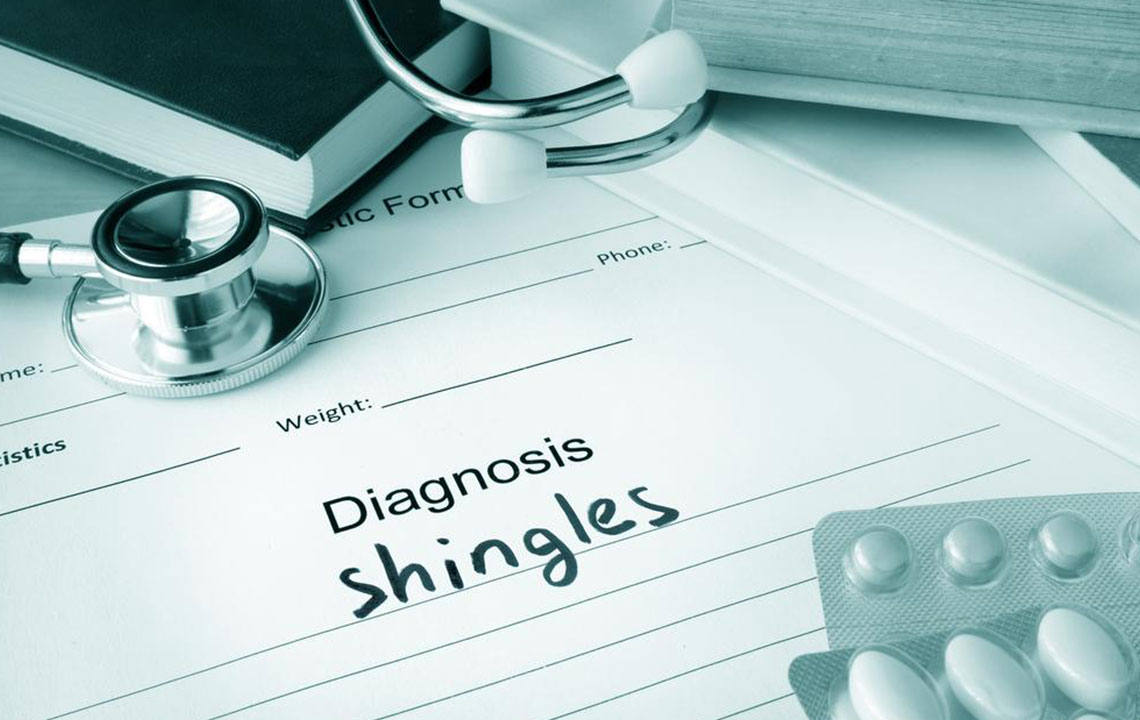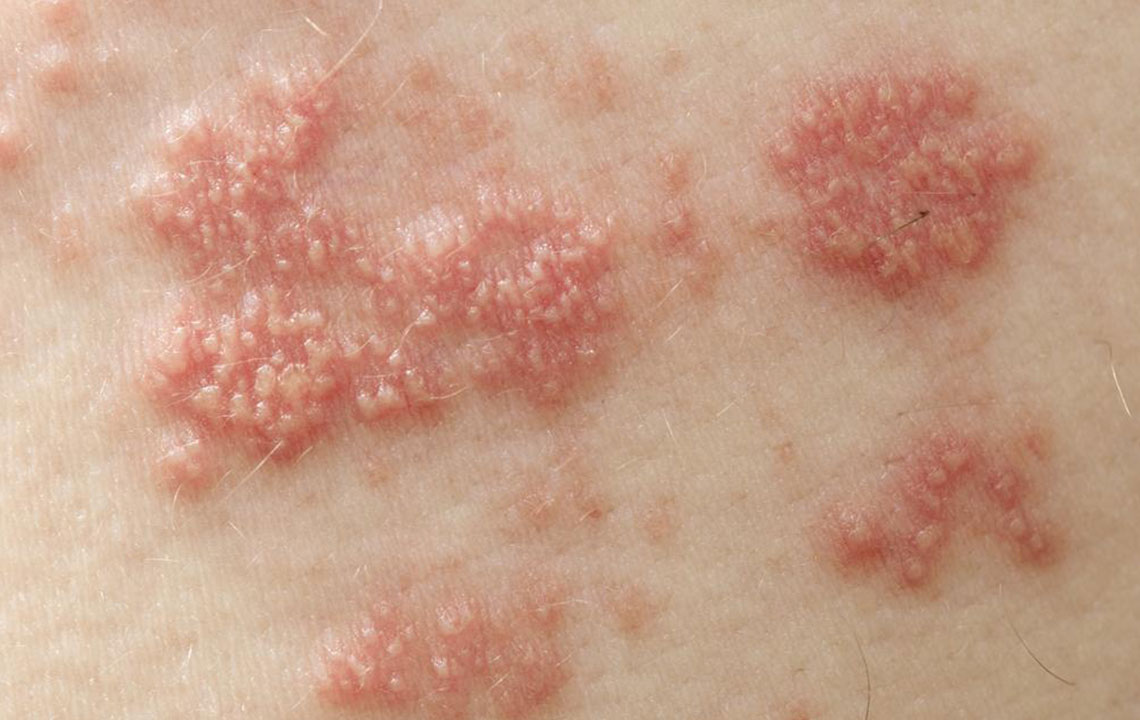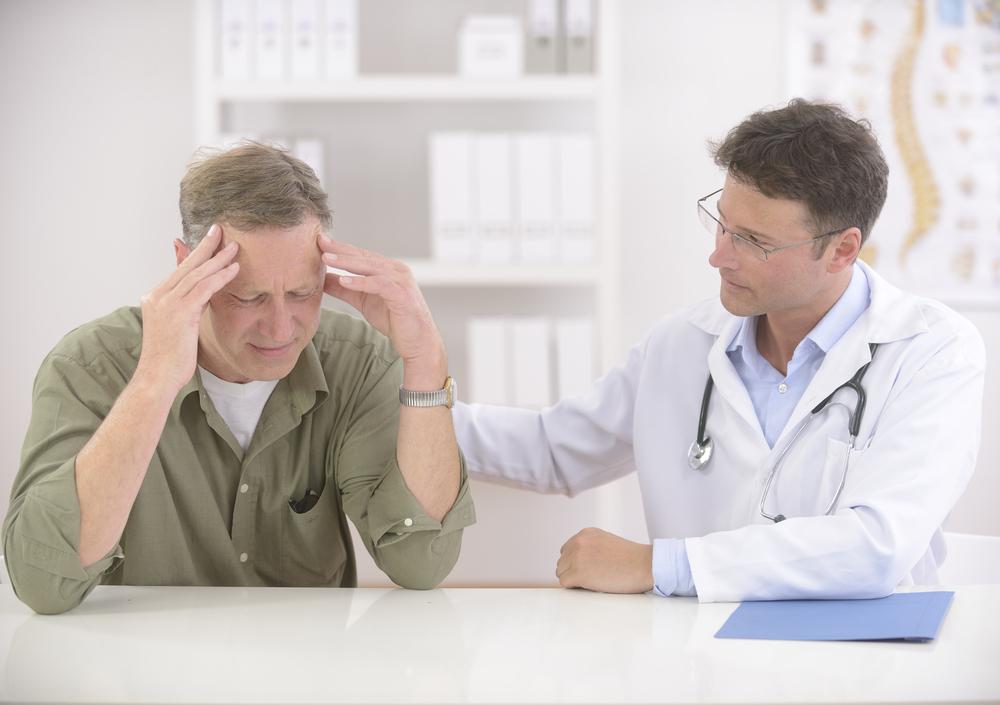Effective Strategies for Managing and Treating Shingles Symptoms
Discover effective management and treatment strategies for shingles symptoms. Early diagnosis, antiviral medications, and home remedies can help reduce pain and prevent complications. Learn when to seek medical care and how to care for shingles rash safely at home to support quick recovery and minimize discomfort.
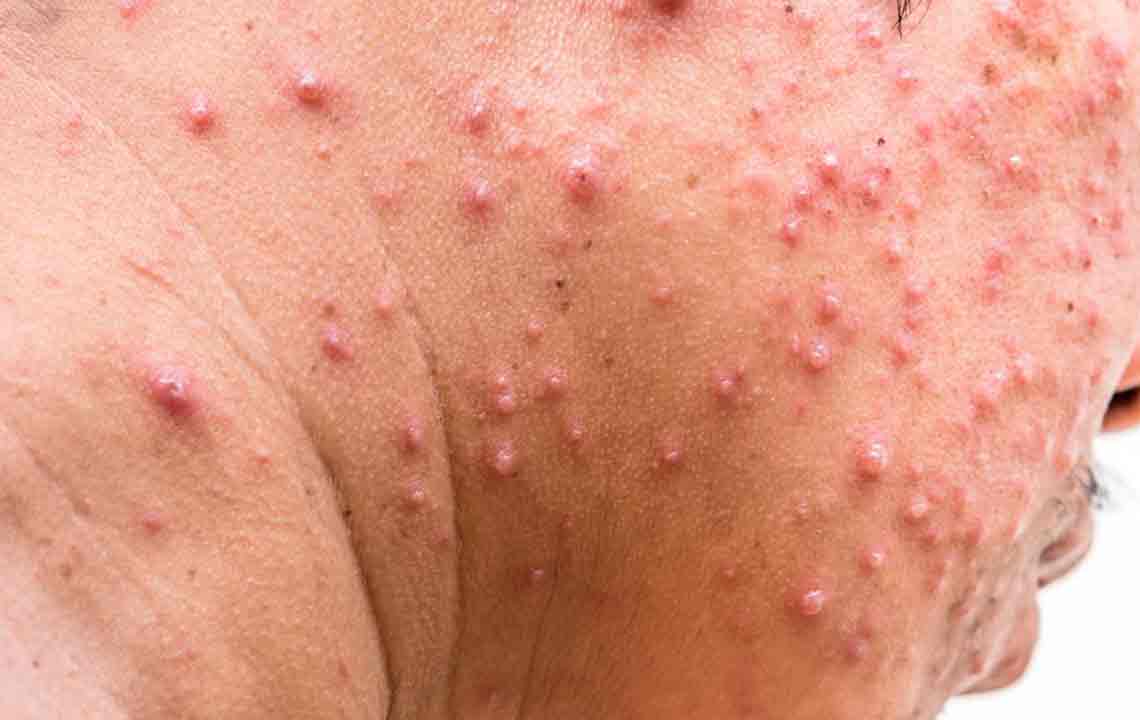
Effective Strategies for Managing and Treating Shingles Symptoms
Shingles can be an intensely painful condition caused by the reactivation of the Varicella Zoster virus, the same virus responsible for chickenpox. This viral infection predominantly affects individuals over 50 or those with weakened immune systems—such as stress, illness, or ongoing treatments. After childhood chickenpox, the virus remains dormant and can resurface as shingles, sometimes multiple times. Early detection and treatment are crucial to prevent complications like nerve damage or vision issues. Typical signs include skin rash, pain, tingling, and sensitivity. Prompt medical intervention with antiviral medication is vital for recovery.
While shingles is not life-threatening, neglecting symptoms can lead to serious issues such as hearing loss, paralysis, or vision problems. The rash typically appears on the face or body in a band or strip, often accompanied by pain, itching, or a cluster of blisters filled with fluid. Usually, symptoms resolve naturally within 2 to 6 weeks, but scars may remain. If untreated or if the rash appears near the eyes or nose, urgent medical care is essential to avoid permanent damage. Early diagnosis with a healthcare professional is key to managing the condition effectively.
Treatment options include antiviral drugs, pain relievers, corticosteroids, and topical creams to reduce severity and prevent complications. Initiating treatment within 72 hours of rash appearance significantly improves outcomes. Most cases can be managed at home with proper care, but severe cases or compromised immune systems might require hospitalization. Self-care measures help alleviate discomfort and promote healing.
Avoid scratching or picking at the blisters to prevent infection.
Apply cold, damp compresses and use calamine lotion to soothe skin irritation.
Use cornstarch or baking soda on sores to dry out blisters and hasten healing.
Clean crusted sores with tap water or Burrow’s solution to reduce oozing and prevent infection.
Consult your doctor for suggested topical medications to decrease inflammation.
If signs of skin infection or worsening symptoms occur, seek medical advice immediately.
If symptoms worsen or do not improve, prompt consultation with a healthcare provider is necessary to prevent complications.

